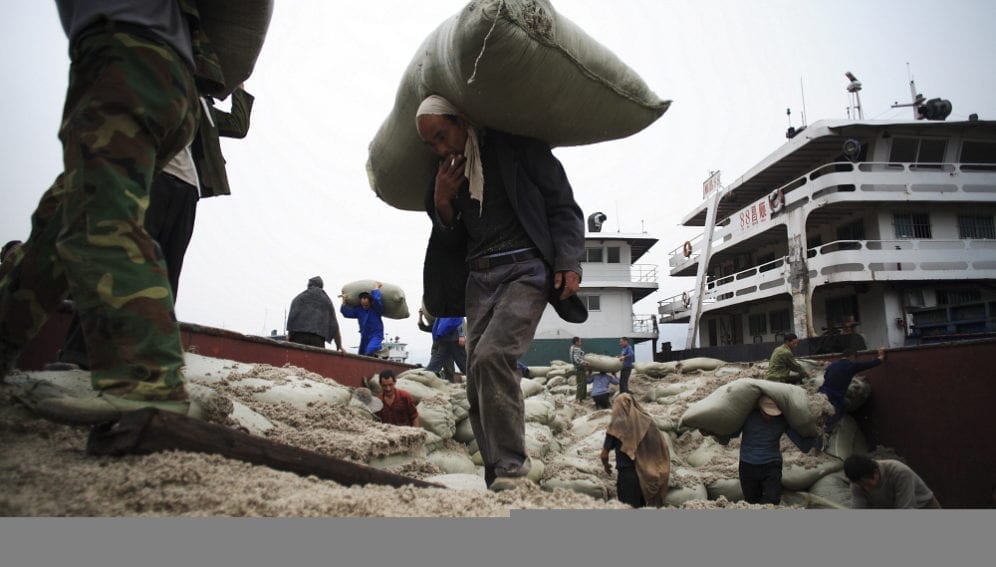By: Sara Naraghi
Send to a friend
The details you provide on this page will not be used to send unsolicited email, and will not be sold to a 3rd party. See privacy policy.
[LONDON] Scientists warn of a “tsunami” of asbestos-related lung diseases in the next few decades in Asia where asbestos use continues to rise.
Although developed countries have curtailed the use of asbestos, numerous countries in Asia continue to mine, import and use the hazardous fibrous mineral, says a review published in the journal Respirology (29 March). China, India and Indonesia feature in the top five global asbestos consumers in 2013.
The WHO estimates that globally, more than 107,000 deaths every year are in some way related to asbestos exposure.
Diseases caused by asbestos are slow to develop. They have a latency of about 30-40 years, which means that people exposed to asbestos are not likely to experience the effects for several decades.
Cancers of the lungs, lung lining, mouth and throat are common, as is fibrosis of the lung which itself increases the chances of lung cancer.
“In most of the countries where asbestos is used, there is no health and safety protection for workers, consumers and members of the public who are routinely exposed to this known carcinogen,” says Laurie Kazan-Allen, one of the authors of the review who is also the coordinator of the International Ban Asbestos Secretariat.
The review found that countries which collected robust data on asbestos diseases since 2001 had also reduced their use of asbestos, whereas countries lacking in disease data have continued their high use of asbestos.
The review notes that the high demand for housing and employment as well as a lack of cheap, safe alternatives in the market drive the continuing use of asbestos.
Asia is not uniform in its use of asbestos, which reflects the economic development level of its countries. For example, while Singapore banned asbestos imports in the 1980s, Indonesia doubled asbestos use in 1999-2004. Kazan-Allen notes that moves towards banning asbestos use in Malaysia, Thailand, the Philippines and Vietnam are still only in the discussion phase.
The review called for action in three areas: early detection of asbestos-related disease, increased training in disease identification, and ultimately, reduced asbestos exposure.
Leslie Stayner, an epidemiologist from the University of Illinois at Chicago College of Medicine in the United States, tells SciDev.Net he is not surprised about the review’s findings.
“Other measures could be taken such as screening of workers for lung cancer. But in my opinion, the most effective means for protecting society in the future is just to stop using asbestos,” he says.
>Link to full paper in Respirology
This article has been produced by SciDev.Net's South-East Asia & Pacific desk.
References
Respirology doi: 10.1111/resp.12517 (2015)














